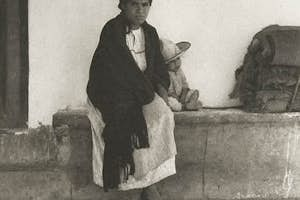Paul Strand
Paul Strand was an American photographer and filmmaker who, through his six decades of work, succeeded in establishing photography as a legitimate art form in the 20th Century.
Born in New York City to Bohemian parents, Strand became the student of the renowned documentary photographer Lewis Hine at the Ethical Cultural Fieldston School. Inspired by a school trip to the 291 Art Gallery, which focused on forward-thinking, modernist photography, Strand began to take his photographic hobby more seriously. Some of his early work experimented with abstraction, while others used his camera as a tool for social reform. Strand also worked in the early silent film industry, making films like Manhatta in 1921, and Redes in 1936.
Strand was also one of the founding members of the Photo League, a group of photographers who advocated using art to promote social and political causes. In 1949 he left the United States for Czechoslovakia, marking the start of his long exile from the pervasive climate of McCarthyism in America. Strand spent the remaining 27 years of his life in France, where he produced his last and, potentially most significant, group of portraits.
Strand is a cornerstone of photographic art history, and his work resides in many permanent collections including the Metropolitan Museum of Art, The Getty Museum, and the Philadelphia Museum of Art.
